Welcome to another Tesla Tuesday!
As I’ve explained before, we jumped into a Model Y because my math convinced me that we’d at least break even when compared to the gas powered Ford Escape that we would have bought instead. That required us to save about $20,000 over the first 100,000 miles. All my calculations were done with gas prices at $3.50 and since they’ve been so much higher, our little experiment is working out quite well. We’re on track to save more than $16,000 in gas alone so if prices keep going up, we might make most of that $20,000 savings in fuel prices alone without even considering lower service costs and higher resale value.
Here’s the kicker: Our same Model Y now costs $8500 less! Plus some buyers will be elligible for a $7500 federal tax credit for a potential savings of $16,000 over what we bought. This means that the “will it save me money” decision is a no-brainer now. Obviously there are plenty of other factors that go into whether and EV fits your situation, but cost isn’t one of them if you’re comparing against other similar new cars.
The average price of a car sold in the US today is $48,000. A Model 3 starts at $38,990 and the Model Y starts at $43,990. The Long Range Model Y that we have starts at $48,490 which is just over the average price. All of these numbers are without the potential $7500 tax credit too. The chart below shows the delta between the Model 3 and Model Y compared to the average new car purchase price. (We got our Model Y price locked in around October of 2021.)
Priced used to be a sticking point when getting people into an EV because you had to pay up front and trust that the savings would come. Now we’re moving into a world where they compete on sticker price and THEN you get bonus savings on top of that over the life of the car.
Cars in general are still expensive and there are easy ways to spend way less than the average US car price by fixing the car you have already, buying a used car, or buying a lower priced new model. There’s still a gap in good EV options towards the lower end of the price spectrum, but the way things are going, that will get filled too. Lower priced cars will be important as countries inch closer to the mandated cutoffs for sales of gas vehicles. The chart below (via notateslaapp.com) shows when various areas are planning to change. It’s notable that nobody has fully hit their dates yet and these do get pushed back so we’ll see if/when we fully get there.
While it’s fun to see more people agreeing with the choice that we made, the bulk of my enjoyment comes from watching our “total savings calculator” spitting out bigger and bigger numbers while we bop around in a car that’s fun to drive with almost zero maintenance.
Now if you’ll excuse me, after 30,000 miles, we’ve had our first part in need of replacement: wiper blades.

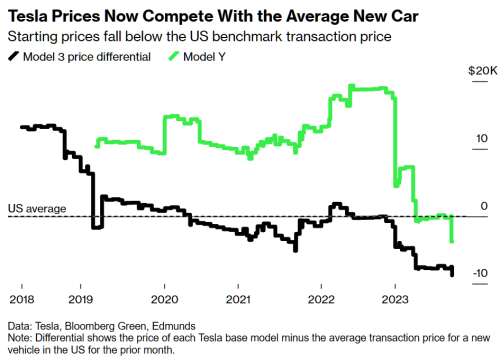
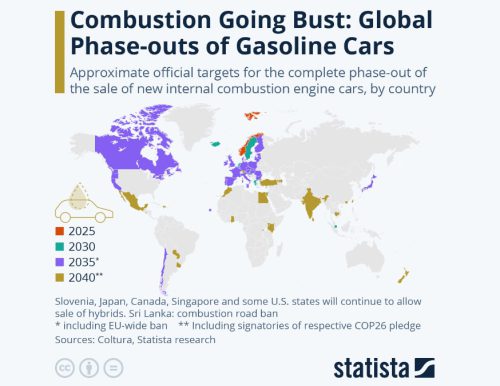
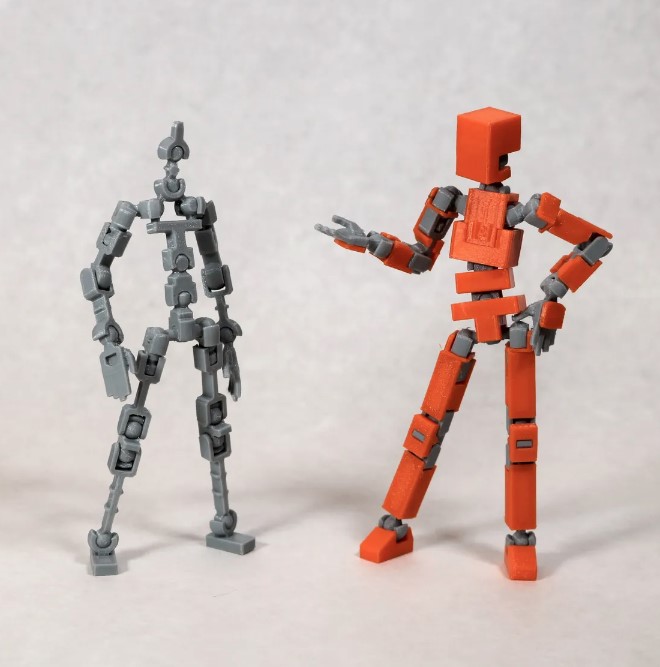
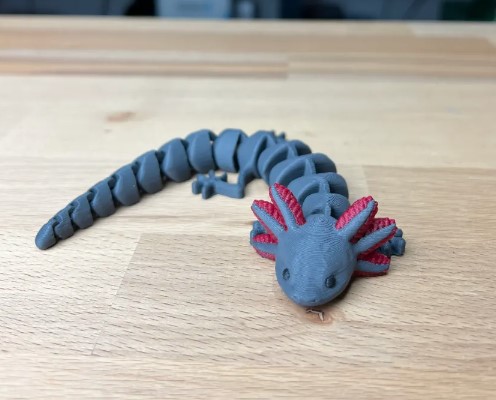

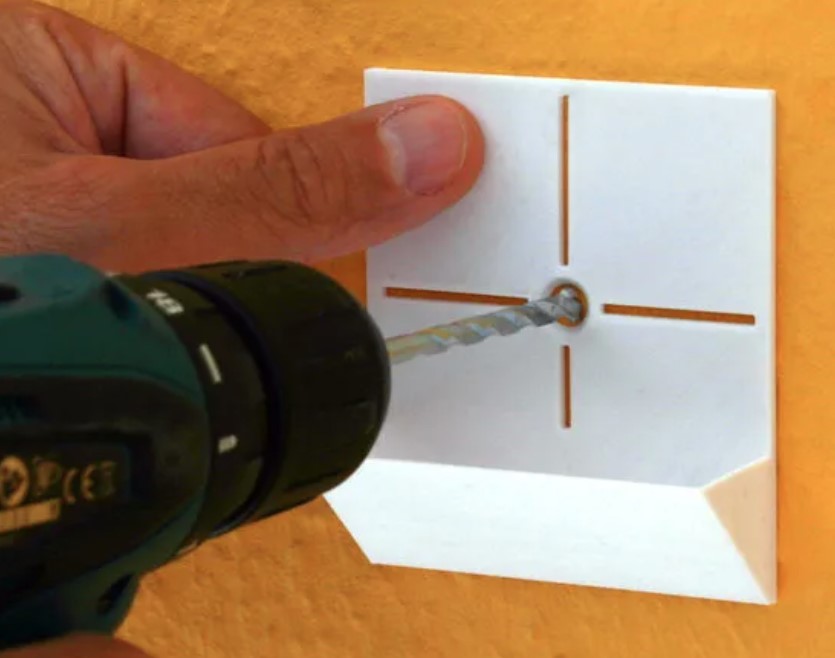
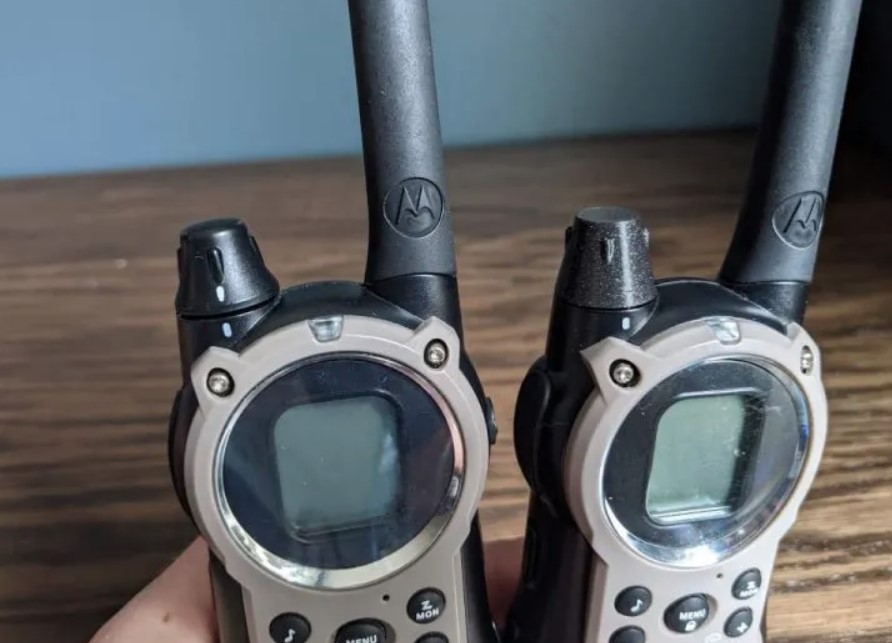
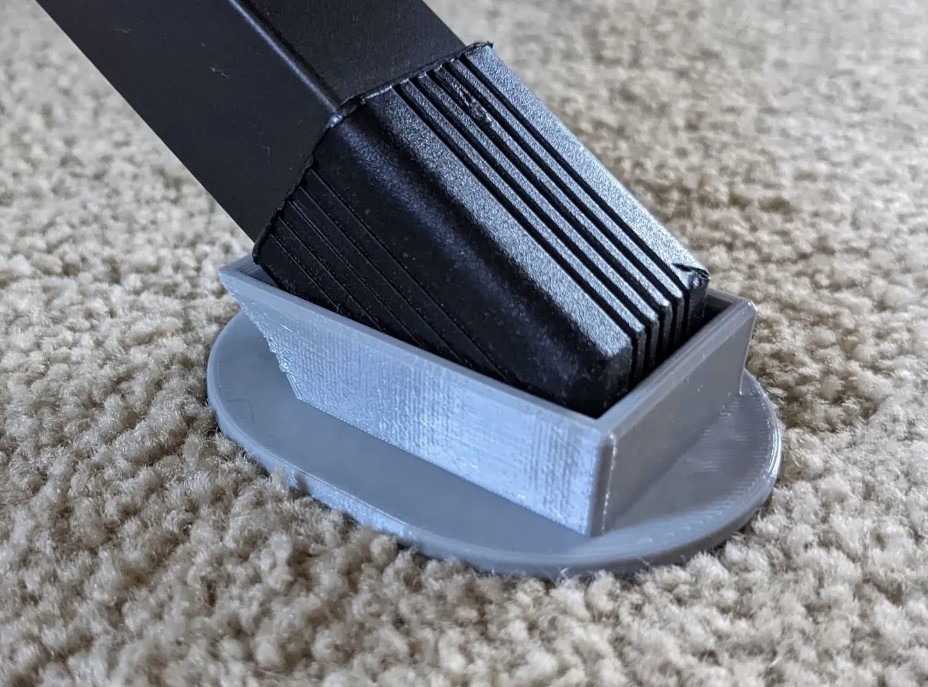
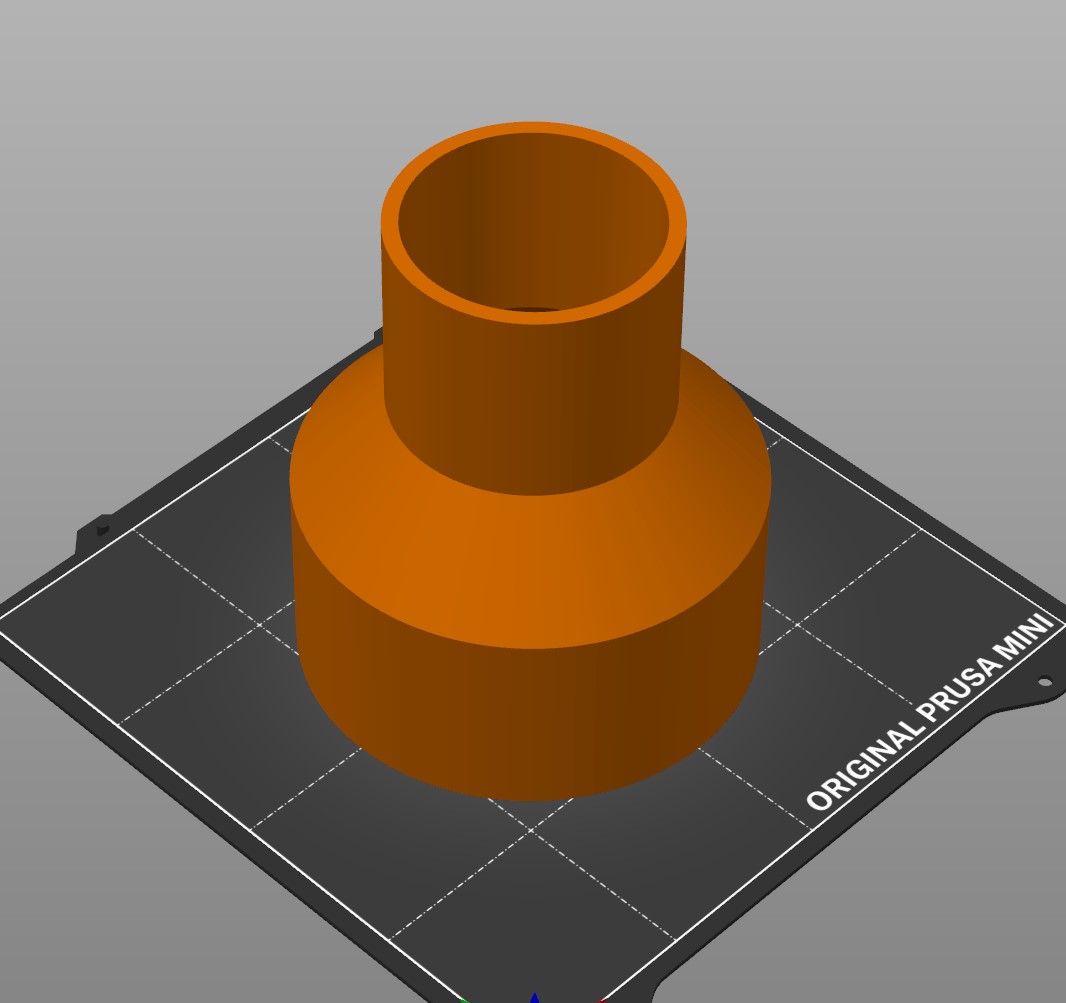

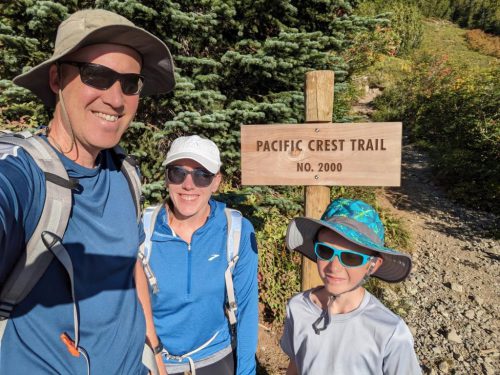
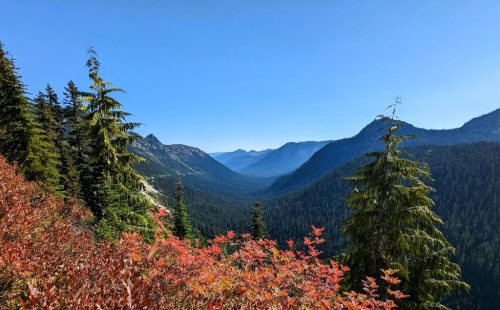
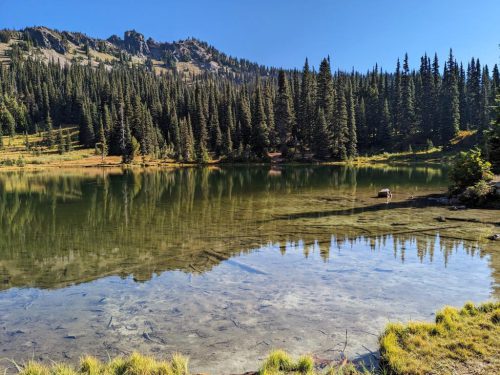
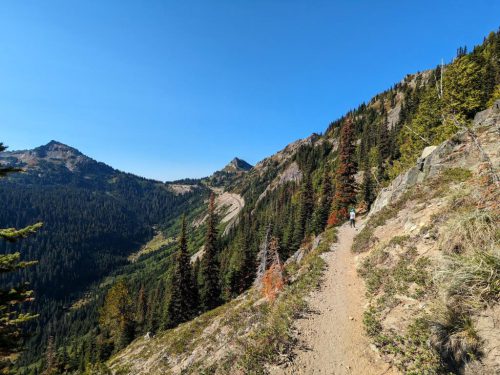
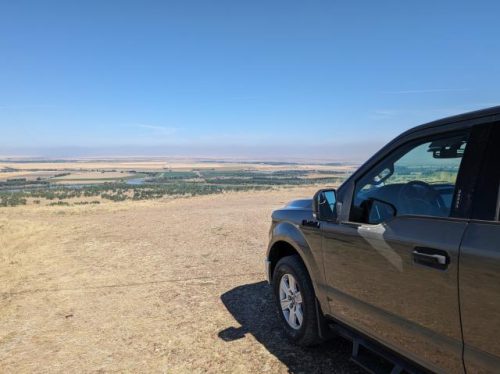
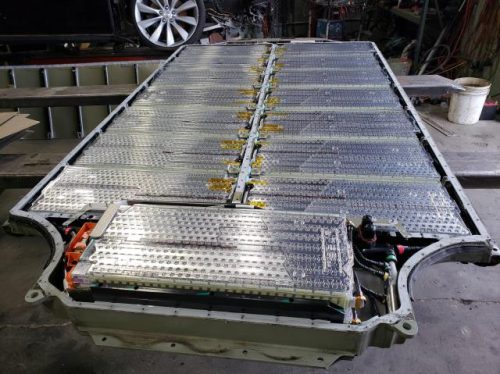
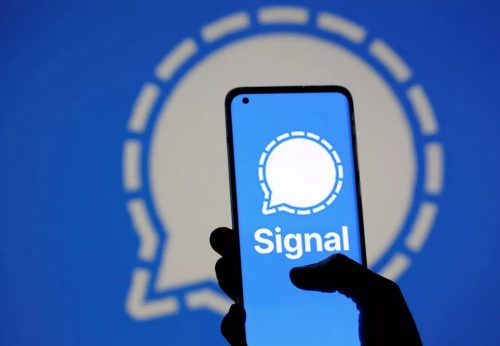
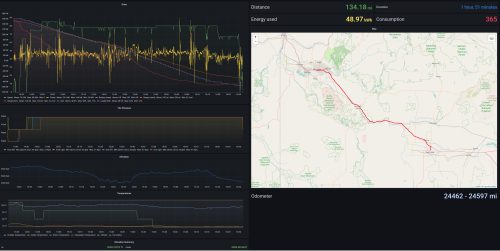

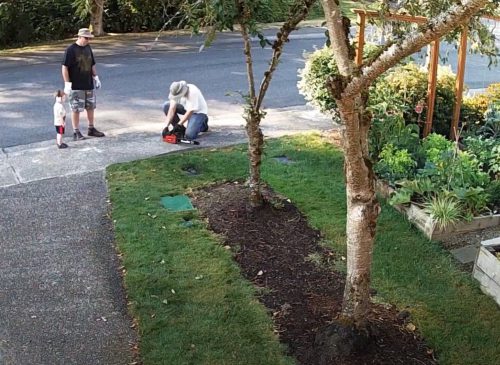
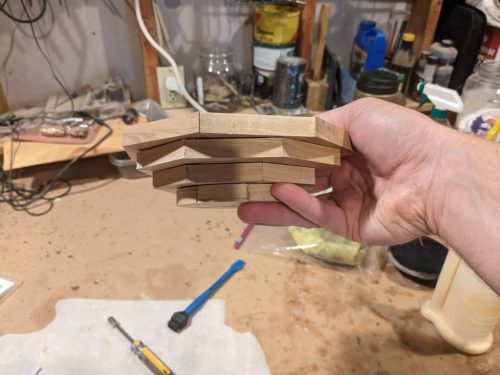
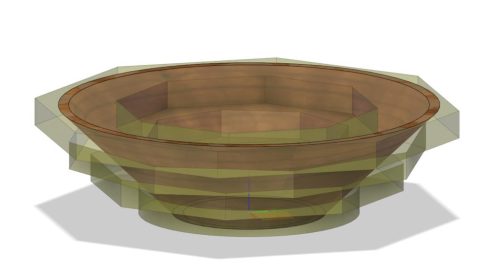
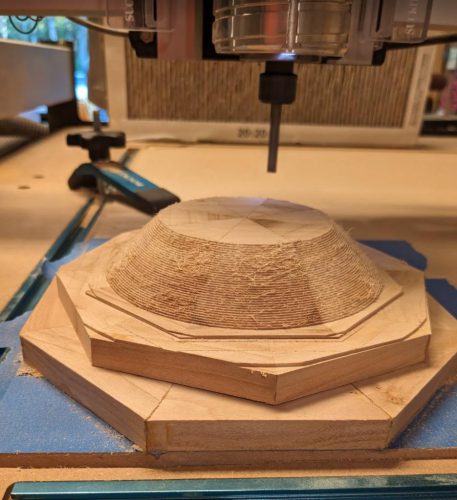
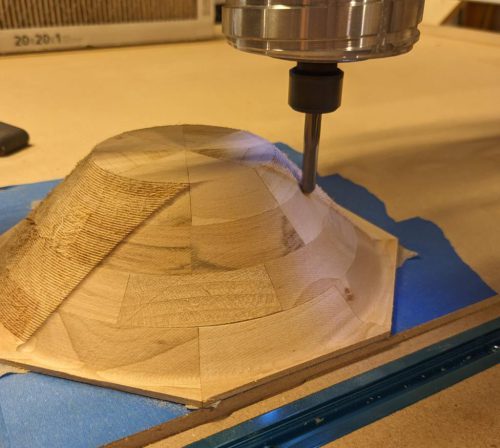
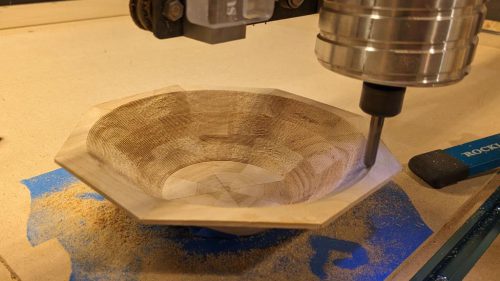

Surviving Election Season
I’m less and less enamored with politics as time goes on, but it seems unavoidable as we head into presidential election season. Since I know this is a common frustrating for people, I thought I’d share some of the things I do to try and stay sane: